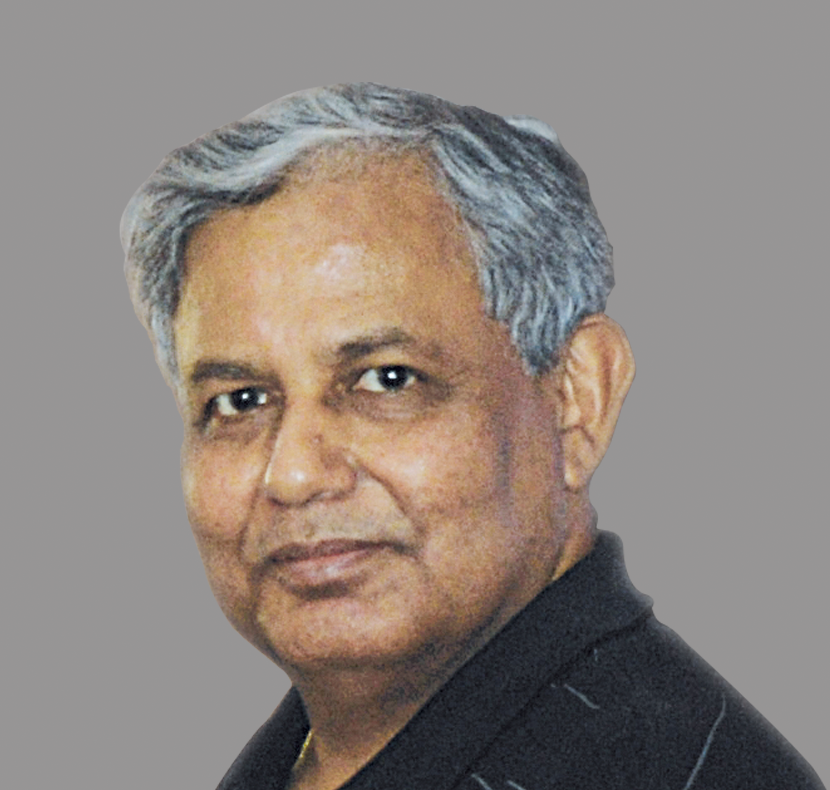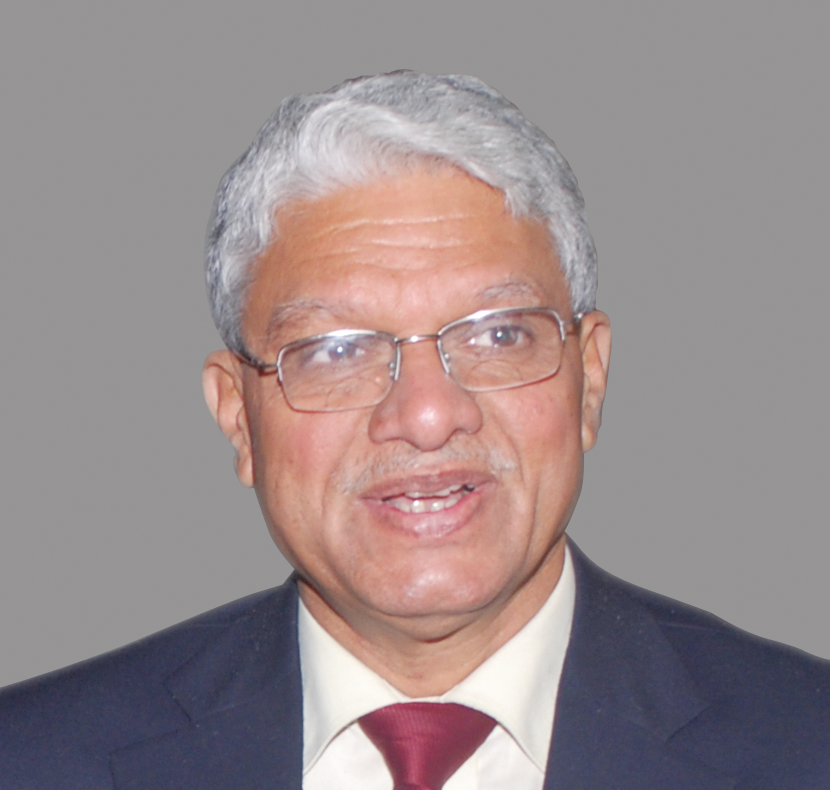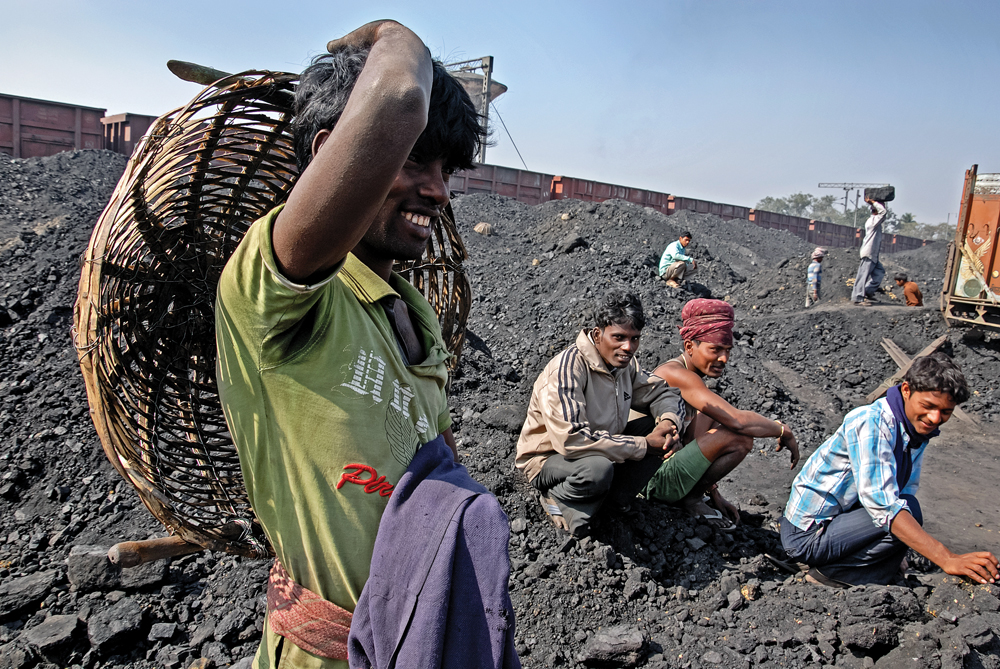
Expert Panel

Vice Chancellor, MG Kashi Vidyapeeth, Varanasi

Air Vice Marshal (Retd) Former DG, IMD, New Delhi

Deputy Director General, Fisheries, Indian Council of Agricultural Research, New Delhi

Professor, Centre for the Study of Regional Development, Jawaharlal Nehru University, New Delhi

Professor, Centre for the Study of Regional Development, Jawaharlal Nehru University, New Delhi

Former Director, NCAOR, Goa
Inside this issue
Coal Driven
The plant inhabitants of prehistoric swamps serve as a source of coal. Peat, lignite, bituminous and anthracite are the major varieties of coal found.
Coal blocks were allotted to private companies for captive mining through a 1993 amendment to the Coal Mines Nationalisation Act (1973). However, the CAG found that the blocks were not allotted in a transparent manner, neither had the companies begun production.
Domestic coal production has been falling behind demand. Allowing private merchant miners and removing the ‘electricity’ and ‘non-electricity’ differentiation could serve to strengthen the sector.
E-auctions can ensure transparency, prevent discrimination among buyers or favouritism, and let consumers have the coal of their choice.
Abundant and cheap availability of domestic coal led India to follow a coal centric development path in the past. Given the current trends in production and consumption, India is expected to exhaust its coal reserves within the next four decades.
Notwithstanding its polluting nature, coal remains the cheapest and most convenient fuel for meeting India’s energy needs. Since hydro power and nuclear power have safety issues, and green energy remains expensive, the answer lies in working towards cleaner coal-based technology.
Sanitation Perspectives
Space constraints prevent Indian cities from laying sewerage lines for new or underserved pockets. DEWATS systems can help here.
A new study in Science found that subsidies may be the key policy.
Disaster Management
Of late, flooding in urban areas has increased due to changes in land use and recurrent extreme event episodes. Although advances in forecasting and relief operations have minimised the loss of lives, yet the damage to property continues to be severe.
India's outdoors
A high altitude escapade that stole my heart. It is indeed perfect for those who seek quiet getaways.

